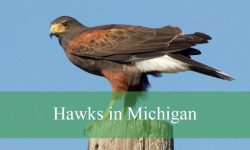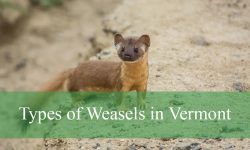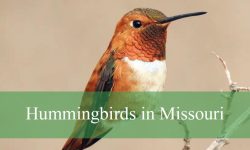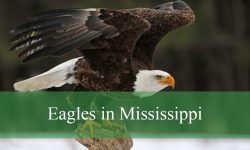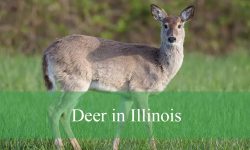In Maine, hummingbirds bring flashes of color and energy to gardens, woodland edges, and meadows from late spring through early fall. Their tiny size and rapid wingbeats make them both fascinating and challenging to observe.
Each species in the state has distinctive markings, behaviors, and feeding habits, allowing birdwatchers to identify them with careful observation. These hummingbirds also follow remarkable migratory routes, traveling long distances despite their small size.
This guide highlights three types of hummingbirds in Maine, offering detailed insights on identification, habitat, diet, migration, reproduction, and interesting facts to help enthusiasts enjoy every sighting.
Common Hummingbirds Found in Maine
Ruby-throated Hummingbird (Archilochus colubris)
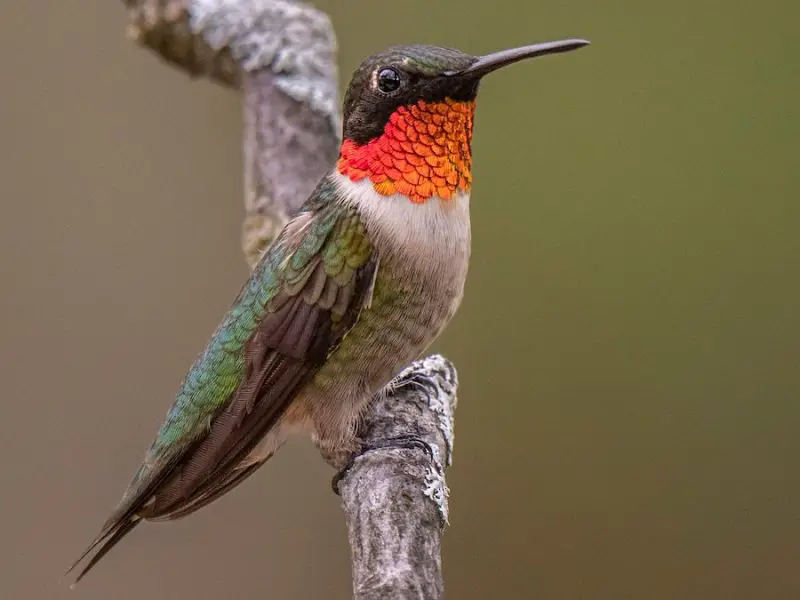
The Ruby-throated Hummingbird is the most common hummingbird in Maine, easily recognized by its tiny size and extraordinary flying abilities. Males display a vibrant ruby-red throat patch and shimmering emerald-green back, while females and juveniles are more subdued with olive-green backs and whitish underparts. Measuring around 7–9 cm in length and weighing only 3–4 grams, these birds are among the smallest in North America, yet their agility in hovering and rapid aerial maneuvers is remarkable.
Ruby-throated Hummingbirds are highly territorial, especially around feeders and flowering plants. They feed primarily on nectar from tubular flowers, but also catch tiny insects and spiders for essential protein. Their flight is exceptionally versatile—they can hover in place, fly backward, and even perform sharp aerial dives to chase off intruders or catch prey.
These hummingbirds favor habitats with abundant flowering plants, including gardens, woodland edges, and meadows. During the breeding season, females construct tiny cup-shaped nests using plant down, moss, and spider silk, often attaching them to slender tree branches. The female lays 2–3 eggs, each about the size of a jellybean, which hatch after roughly two weeks of incubation.
A fun fact about Ruby-throated Hummingbirds is their remarkable migration: despite their small size, many travel over 1,000 miles across the Gulf of Mexico to reach wintering grounds in Central America. This makes them one of the most impressive long-distance migratory birds relative to body size, demonstrating endurance and navigation skills that seem almost superhuman for their size.
Rufous Hummingbird (Selasphorus rufus)
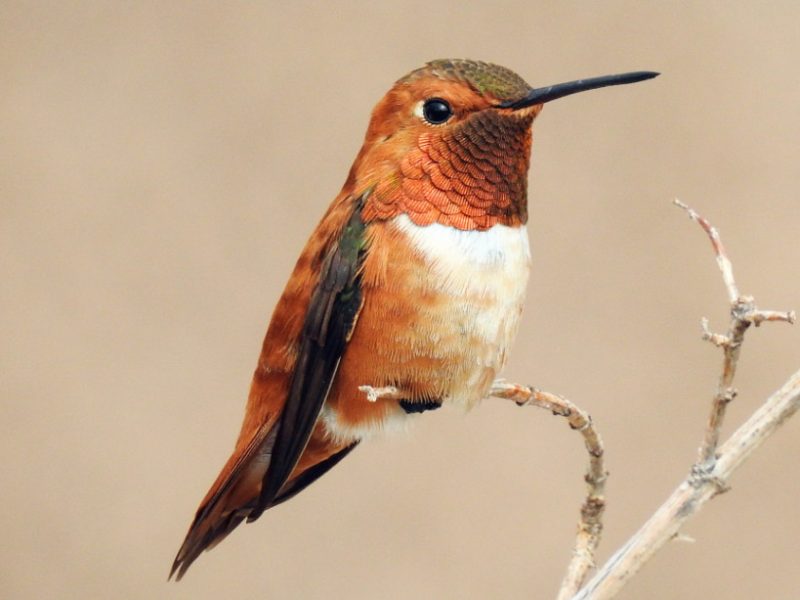
The Rufous Hummingbird is less common in Maine and usually appears as a vagrant during migration. Males are instantly recognizable by their bright orange-red plumage and fiery throat patch, while females have greenish backs with subtle streaking on the throat. These birds are slightly larger than Ruby-throated Hummingbirds, measuring about 7–10 cm in length and weighing 3–5 grams, but their bold coloring and feisty personality make them stand out even when rare.
Rufous Hummingbirds are known for their aggressive behavior. Despite their small size, they fiercely defend feeding territories, often chasing off larger birds and competing hummingbirds. Their diet consists mainly of nectar from a variety of flowers, supplemented with small insects and spiders. They are fast fliers and highly energetic, performing acrobatic aerial maneuvers to secure food and mates.
In Maine, Rufous Hummingbirds are typically spotted during late summer and early fall along flowering gardens, woodland edges, and feeder stations. They breed in the Pacific Northwest and Alaska and migrate south to Mexico in winter, making one of the longest migration journeys of any North American hummingbird. Their ability to adapt to different habitats along this migration route is crucial for their survival.
A fun fact about Rufous Hummingbirds is their exceptional aggressiveness relative to size; males are often seen dominating feeding areas against much larger hummingbirds, including Ruby-throated species. During breeding, the female builds a tiny cup-shaped nest in shrubs or tree branches and lays 2–3 eggs, which hatch after about 14–16 days.
Calliope Hummingbird (Stellula calliope)
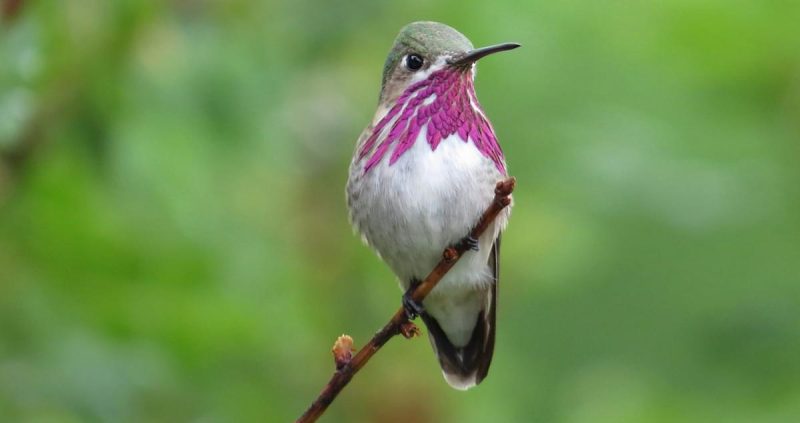
The Calliope Hummingbird is the smallest bird in North America and a rare vagrant in Maine. Males exhibit striking magenta streaks on the throat against a green back, while females and juveniles are more muted with soft green and gray tones. Measuring only 7–8 cm in length and weighing 2–3 grams, these hummingbirds are tiny yet remarkably swift, capable of hovering with incredible stability and agility.
These birds primarily feed on nectar from small flowers and supplement their diet with tiny insects and spiders. Despite their diminutive size, Calliope Hummingbirds are highly energetic and agile, darting quickly from flower to flower. Their small size allows them to exploit feeding niches that larger hummingbirds cannot, including tiny blooms and narrow feeder tubes.
In Maine, Calliope Hummingbirds are mostly observed during migration periods, particularly in late summer or early fall. They favor areas with flowering plants, woodland edges, and gardens, though sightings are rare. Breeding occurs far west in the mountains of the western United States, where females build delicate nests on branches or shrubs and lay 2–3 minuscule eggs that hatch in roughly two weeks.
A fun fact about Calliope Hummingbirds is that, despite their tiny size, their wings beat up to 80 times per second, producing the rapid humming sound for which hummingbirds are famous. Their long migration—from western breeding grounds to wintering areas in Mexico—shows incredible endurance and navigation skills relative to their tiny body size.
Best Time and Places to See Hummingbirds in Maine
The best time to observe hummingbirds in Maine is during their spring and summer migration, typically from late May through early September. Ruby-throated Hummingbirds, the most common species, usually arrive in mid to late May, peak in abundance during June and July, and begin their southward migration in late August to early September. Rufous Hummingbirds and Calliope Hummingbirds, which are rarer vagrants, are most likely to appear in late summer or early fall, generally from August through early September.
Hummingbirds are attracted to areas with abundant flowering plants that provide nectar, so the best viewing locations include gardens, woodland edges, and meadows. Gardeners who maintain hummingbird feeders also increase the likelihood of sightings, especially when feeders are stocked with a simple sugar-water solution. Planting native, tubular flowers like bee balm, cardinal flower, and trumpet honeysuckle can further attract these tiny birds.
Coastal regions, including Kennebunk, Portland, and Bar Harbor, can also provide good opportunities to spot migrating hummingbirds, particularly Rufous and Calliope, as these areas often act as stopover points along migratory routes. Inland areas with forest clearings and flowering shrubs, such as Acadia National Park and Baxter State Park, are excellent for observing Ruby-throated Hummingbirds during the breeding season.
For the best viewing experience, early morning or late afternoon is ideal, as hummingbirds are most active during these times. Observers should bring binoculars or a camera with a zoom lens to catch these tiny, fast-moving birds. Patience is key, as hummingbirds can appear suddenly at feeders or flowers and then quickly dart away.
FAQs About Hummingbirds in Maine
What species of hummingbirds can be found in Maine?
Maine is home to three main species of hummingbirds. The most common is the Ruby-throated Hummingbird, while the Rufous Hummingbird and Calliope Hummingbird are rare vagrants usually seen during migration periods.
When is the best time to see hummingbirds in Maine?
The peak season for observing hummingbirds is from late May through early September. Ruby-throated Hummingbirds arrive in late May, peak in June and July, and start migrating south in August and early September. Rufous and Calliope Hummingbirds are more likely to appear in late summer or early fall.
Where are the best places to spot hummingbirds in Maine?
Hummingbirds are most commonly seen in gardens, woodland edges, meadows, and areas with abundant flowering plants. Coastal towns such as Portland, Kennebunk, and Bar Harbor can attract migrating Rufous and Calliope Hummingbirds, while inland parks like Acadia National Park and Baxter State Park are ideal for spotting Ruby-throated Hummingbirds.
What do hummingbirds eat in Maine?
Hummingbirds primarily feed on nectar from tubular flowers and sugar-water feeders. They also consume tiny insects and spiders for protein, which is essential for growth, energy, and reproduction. Popular nectar plants include bee balm, trumpet honeysuckle, cardinal flower, and columbine.
How can I attract hummingbirds to my yard?
To attract hummingbirds, plant native, nectar-rich flowers and set up hummingbird feeders with a simple sugar-water solution (4 parts water to 1 part sugar). Place feeders in shaded areas and clean them regularly to prevent mold and fermentation.
Do hummingbirds migrate from Maine?
Yes, all hummingbirds in Maine are migratory. Ruby-throated Hummingbirds migrate to Central America, while Rufous and Calliope Hummingbirds travel long distances from western breeding grounds to Mexico. Their migration showcases remarkable endurance despite their tiny size.
How do hummingbirds reproduce in Maine?
Females build small, cup-shaped nests using moss, plant down, and spider silk, often on thin tree branches. They typically lay 2–3 eggs, which hatch after about 14–16 days. The female alone incubates the eggs and cares for the young.

